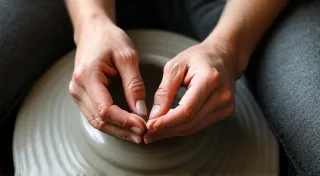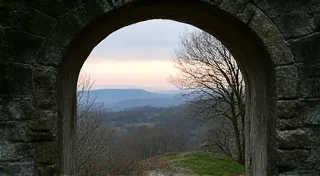Echoes of Migration: How Regional Instruments Adapt Across Borders
Music, at its heart, is a conversation. A conversation between people, between generations, and between cultures. And the instruments that carry these melodies? They are more than just objects of wood, metal, and leather; they are vessels of history, testaments to human ingenuity, and echoes of lives lived far away. This article explores how regional instruments, born of specific landscapes and traditions, undergo a remarkable transformation as people migrate and diasporas form, creating a global tapestry of sound. It's a journey of adaptation, hybridization, and ultimately, the enduring power of cultural memory.
The Accordion: A Case Study in Transnational Adaptation
Consider the accordion. Its origins are surprisingly complex, a confluence of European inventions in the 19th century – primarily Austrian and German. The “free-reed” mechanism, pioneered in Vienna, and the bellows system developed in Germany, eventually combined to create this distinctive instrument. Initially embraced in rural communities for folk music and dance, its portability and versatility soon led to its spread across Europe, and then, dramatically, across the globe with waves of emigration.
My grandfather, Stefan, was born in a small village in Slovenia. He brought his accordion – a Hohner Victoria, its keys worn smooth from years of playing – with him when he emigrated to America in the 1920s. I remember, as a child, watching him painstakingly clean and oil the reeds, the smell of beeswax and old wood clinging to his hands. It wasn't just an accordion; it was a tangible link to his homeland, a soundtrack to his memories of family, of fields, of the music that pulsed through the village square. He would play Slovenian polkas and waltzes, songs that carried the weight of a lost world, keeping the flame of his heritage alive for his children and grandchildren.
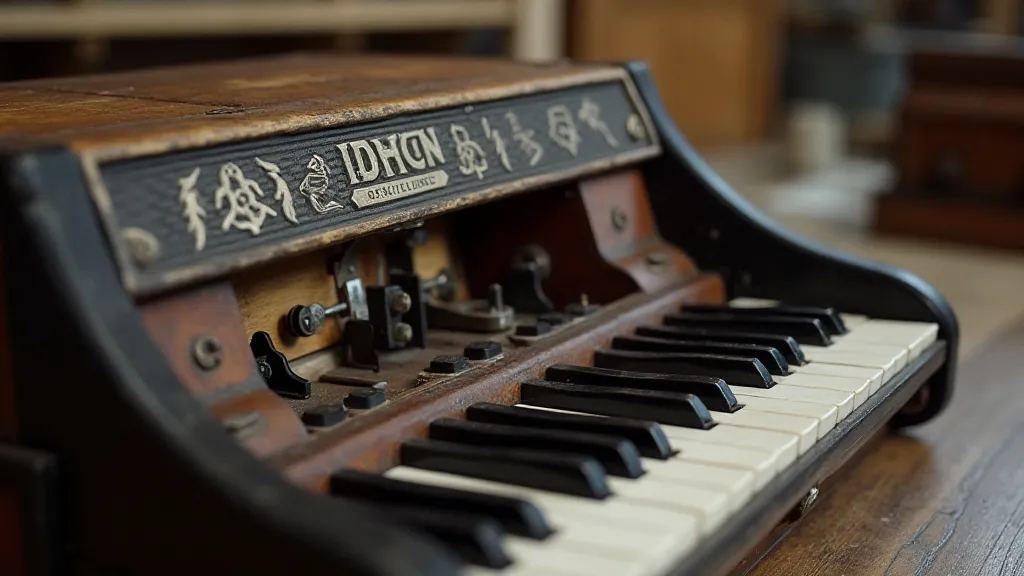
However, the accordion didn’t simply replicate Slovenian music in America. It adapted. It absorbed influences from Irish, Italian, and Mexican musical traditions. It found its way into Cajun and Zydeco music in Louisiana, taking on a vibrant, syncopated rhythm that was distinctly American. The same instrument, born of European ingenuity, became a symbol of both heritage and a new, hybrid identity. And those who learned to play it, often picked up nuances and variations that reflected their own experiences and the communities they inhabited.
From Dombra to Duduk: Echoes Across Continents
The accordion's journey is just one example. The Kazakh dombra, a long-necked lute, traveled with nomadic communities across Central Asia and into China, evolving in form and ornamentation as it adapted to different environments and musical styles. The Armenian duduk, with its haunting, melancholic tone, similarly migrated with the Armenian diaspora, finding a renewed appreciation in new cultures, often featured in film scores and contemporary music.
In Japan, the shamisen, traditionally associated with storytelling and kabuki theater, began appearing in Okinawan folk music after Ryukyu Kingdom was annexed by Japan. It was altered and adapted to suit the new style, incorporating features that would become signature characteristics of the island’s music. The instruments themselves often undergo subtle but significant changes—a reflection of the traditions that shape them, and the skilled hands involved. Indeed, the history of these objects is intertwined with the stories of those who create them, making each one a testament to the instrument's lexicon, uncovering the hidden language of regional craftsmanship.
What’s fascinating is that these adaptations aren’t always conscious. They often happen organically, through imitation, experimentation, and the natural blending of musical traditions. A young musician might hear a traditional melody on a dombra and subtly alter the rhythm or ornamentation to better suit their own musical sensibilities. Over generations, these small changes accumulate, creating a new and distinct musical lineage.
The Craftsmanship: More Than Just an Instrument
The preservation and adaptation of regional instruments is inextricably linked to the craftsmanship behind them. The skilled artisans who painstakingly create these instruments are the custodians of cultural heritage. They understand not just the mechanics of the instrument, but also the cultural significance embedded within its design and construction.
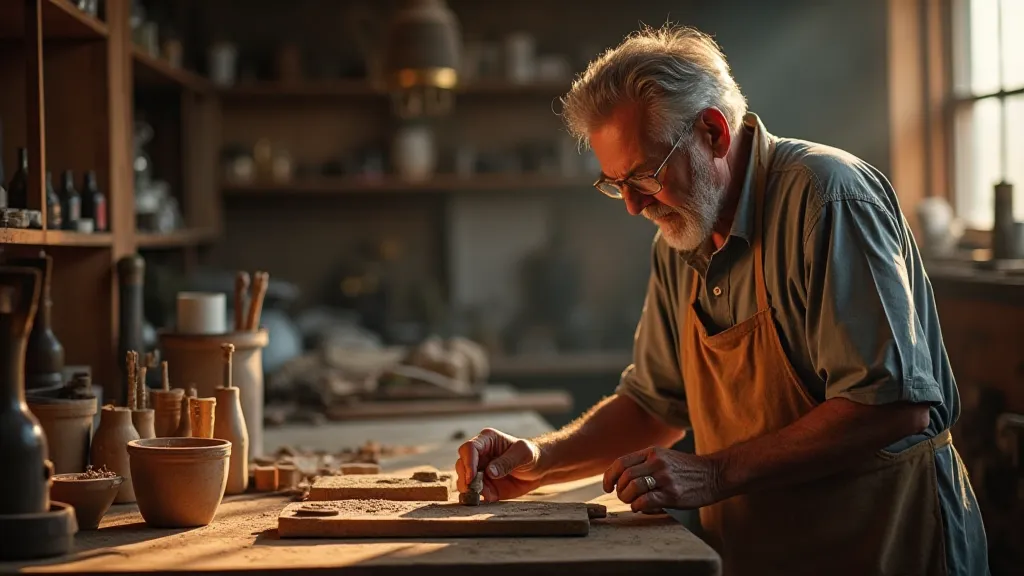
Consider the Japanese shakuhachi, a bamboo flute revered for its meditative qualities. The selection of the bamboo, the precise shaping of the mouthpiece, the careful tuning – all require years of training and a deep understanding of the instrument’s connection to Zen Buddhism. The knowledge is passed down through generations, a living tradition that risks being lost as globalization and modernization threaten traditional crafts. The entire process, from sourcing the raw materials to the final tuning, is a complex system of inherited knowledge—a beautiful example of the wood's whisper, revealing the secrets of sustainable sourcing and the future of regional instrument craft.
For collectors and enthusiasts, the appreciation of these instruments goes beyond their musical value. It’s about preserving a piece of history, recognizing the ingenuity and artistry of the craftspeople who created them, and understanding the cultural context from which they emerged. Restoration, when done responsibly and with respect for the instrument's originality, can be a way to honor this legacy. However, it’s crucial to avoid overly aggressive alterations that might compromise the instrument's authenticity and historical significance.
Challenges and the Future of Regional Instruments
The survival of regional instruments faces several challenges in the modern world. Globalization, while facilitating cultural exchange, can also lead to the homogenization of music and the decline of traditional instruments in favor of more widely accessible and commercially viable alternatives. The loss of traditional craftsmanship, as younger generations choose different career paths, is another critical concern. This shift isn't just about the instruments themselves, but also about the stories and traditions they carry - the essence of a cultural heritage. Many families and communities dedicate their lives to the safeguarding of these musical legacies. Exploring the motivations and difficulties of these guardians of sound, who preserve the secrets of regional instrument craftsmanship, reveals a powerful testament to cultural resilience.
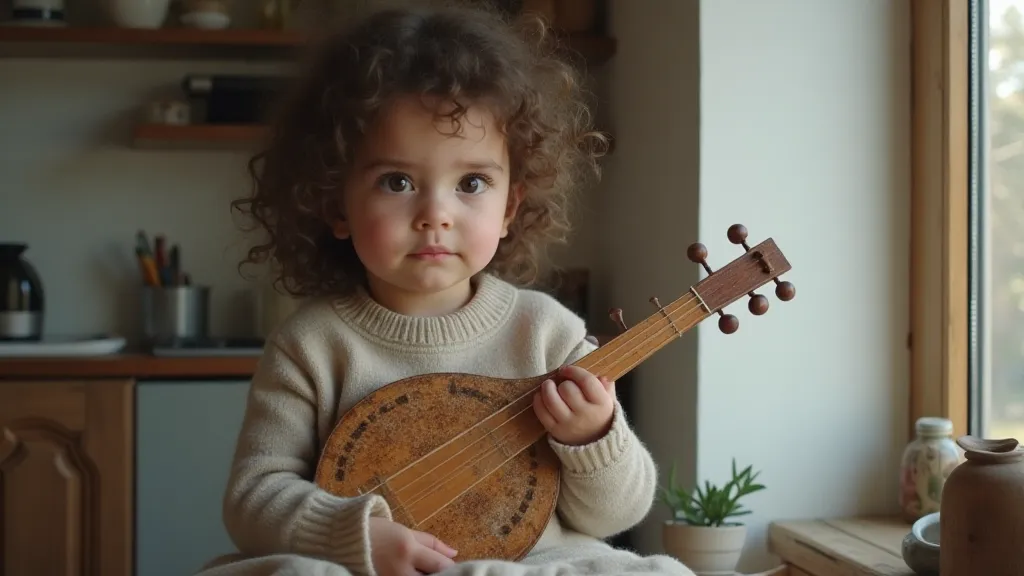
However, there is also a growing movement to revitalize and celebrate regional musical traditions. Increased awareness of cultural heritage, the rise of online platforms for sharing music, and the dedication of passionate musicians and artisans are all contributing to a renewed appreciation for these unique instruments. Educational programs, community workshops, and the support of cultural organizations are essential for ensuring that these traditions are passed on to future generations. Contemporary musicians are finding new and innovative ways to incorporate these instruments into their music, proving that the echoes of the past can resonate in the present. Indeed, these traditional instruments are inspiring a new generation of composers, and are providing the composer's canvas for a vibrant and innovative soundscape.
The future of regional instruments isn’t just about preservation; it’s about adaptation and innovation. It's about finding ways to integrate these ancient traditions into a modern world, ensuring that the music continues to evolve and inspire for generations to come. It’s about fostering collaboration between traditional artisans and contemporary musicians, creating a dynamic interplay between heritage and innovation. It's about celebrating the unique voices and perspectives that these instruments represent, enriching the global tapestry of music. Ultimately, the survival of these instruments depends on our collective commitment to honoring the past and embracing the future, allowing the echoes of migration to continue resonating across borders and connecting us to our shared human experience.
